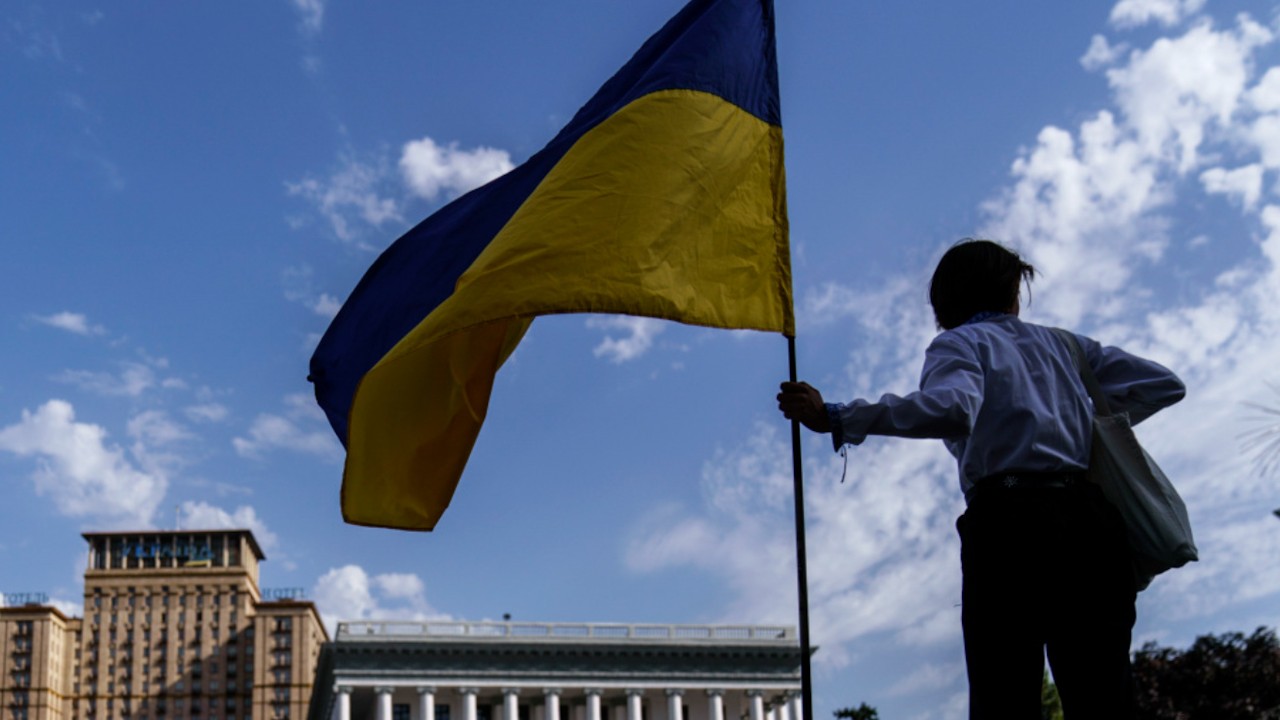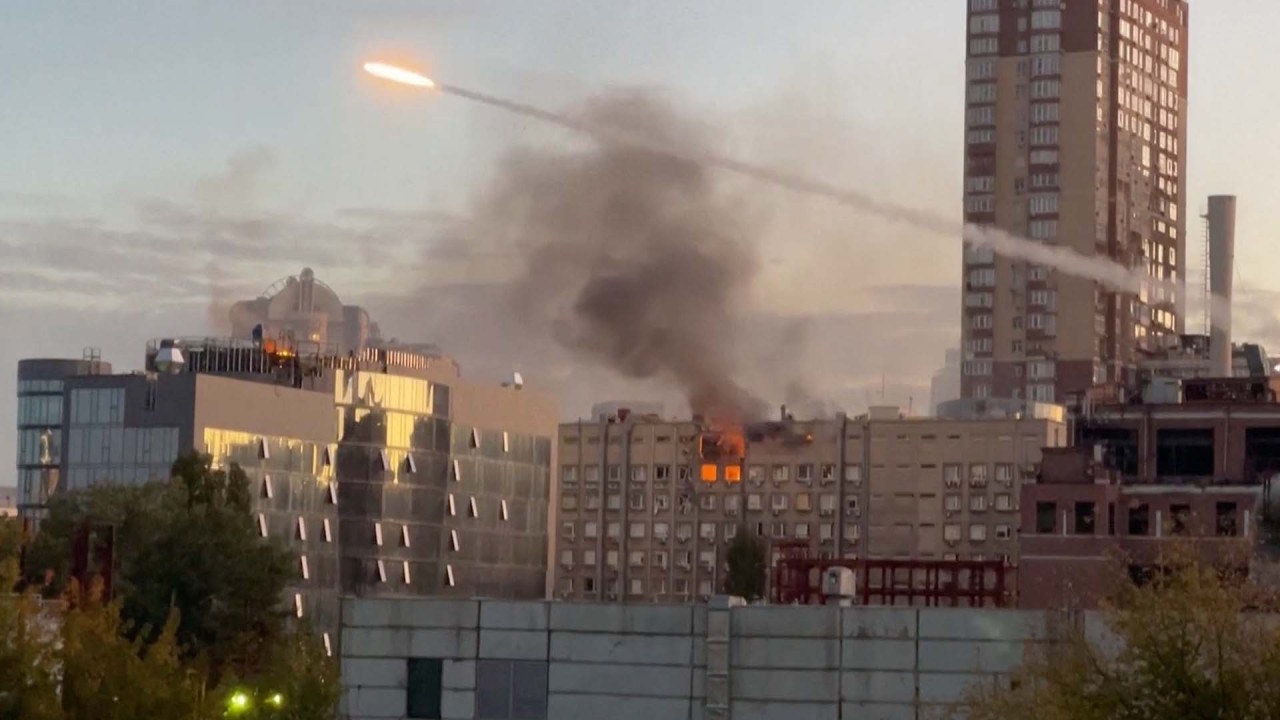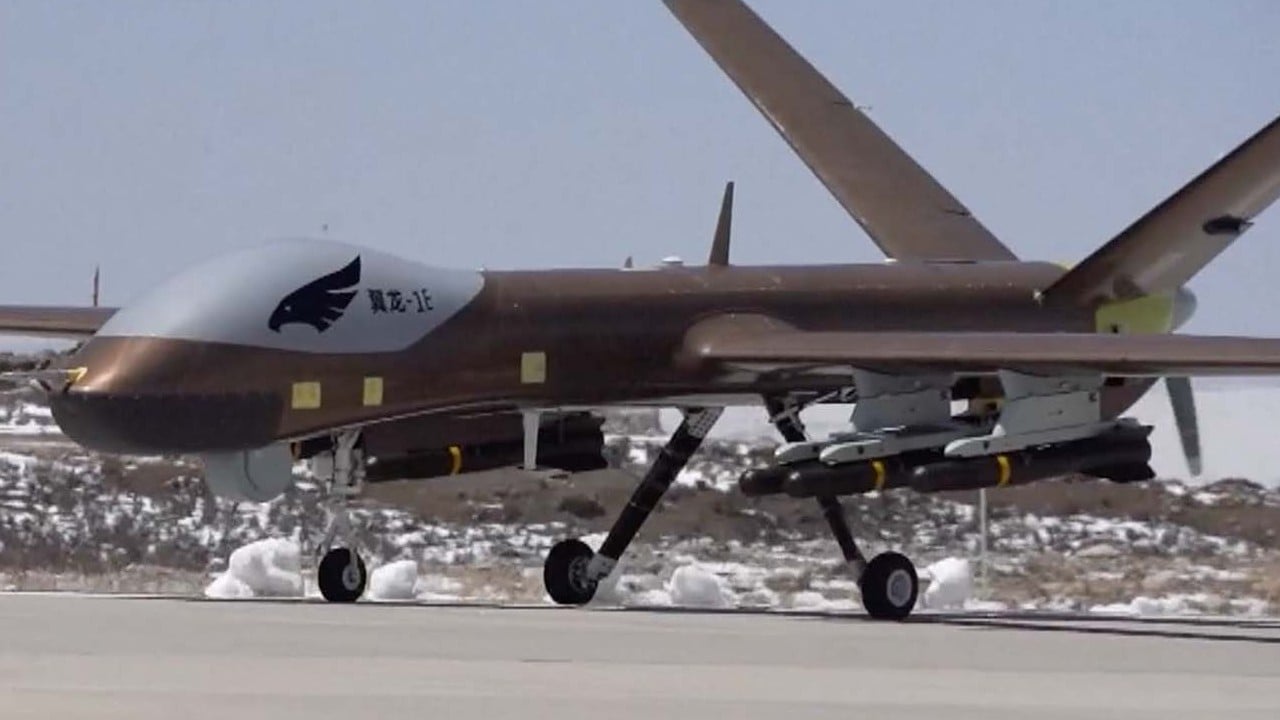
Drones are changing the course of the Ukraine war. China is watching
- Their ‘pivotal role’ in the conflict provides lesson for Chinese military, analyst says
- Hundreds of reconnaissance and attack drones fly over Ukraine and Russia each day
Hundreds of reconnaissance and attack drones fly over Ukraine and Russia each day, launched by both sides, and it has been called the first full-scale drone war in history.
In a report released late last year, the US Air Force’s Air University said the Ukrainian military – without a large conventional air force – had employed a number of drones to “devastating effect against Russian forces”.
Last week’s drone attacks were said to have targeted several areas in southern and western Russia, although no major damage was reported.
One drone used by Ukraine is the Bayraktar TB2 – a medium-altitude, long-endurance unmanned combat aerial vehicle made by a Turkish firm. In April, a TB2 believed to have been launched from Ukraine reportedly flew at least 150km (93 miles) into Russian territory and hit two oil depots.
The Ukrainian military also reportedly has small and nimble locally made Punisher drones in its arsenal, as well as the Warmate, which is produced in Poland and is known as a loitering munition system or suicide drone – they seek out a target and explode on impact.
While Russia is the world’s second-largest arms exporter, it reportedly lacks a powerful drone fleet. That fleet includes Orlan-10 drones, used for reconnaissance operations, the Zala Kyb loitering munition system, and the Eleron-3SV, which is also for reconnaissance.
Gian Gentile, a senior military expert at the US think tank Rand Corporation, said drones had played an important role in shaping the Ukraine war.
“Although prior to the war there was an understanding of the importance of small UAS [unmanned aircraft system], I think the scale of the importance of those systems and their omnipresence over the battlefield was somewhat of a surprise,” Gentile said.
That view was echoed by Song Zhongping, a former instructor for the Chinese military. He said drones had transformed the conflict since they could be relied on for both reconnaissance and attack.
“Drones have had the pivotal role in this military confrontation,” Song said. “And a lesson for China is that its military will have to continue to research and develop drone technology because they are expected to play a bigger role in future battles.”
China is a leading developer and manufacturer of unmanned systems and has a range of drones in use across its armed forces, the best-known being Wing Loong and CASC Rainbow drones.




